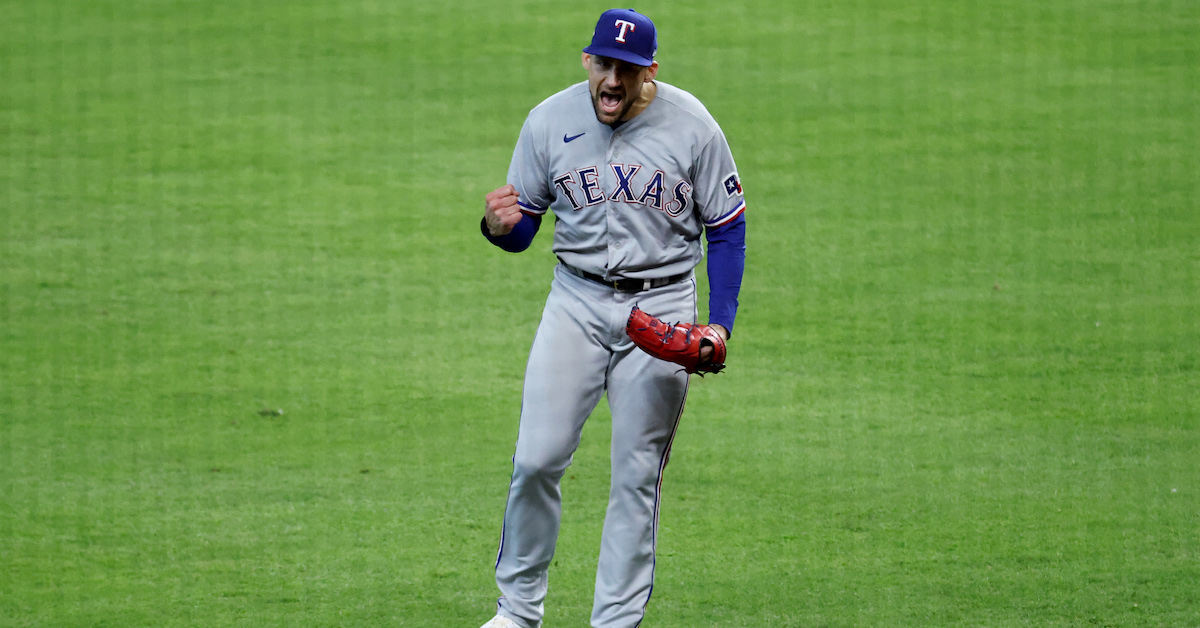Alek Thomas Splashes Onto the Scene To Tie NLCS 2-2

This is going to sound harsh right at the start, but here’s the deal. Craig Kimbrel is an objectively good major league pitcher. Alek Thomas is an objectively mediocre major league hitter. I’m not trying to say anything bad about Thomas, to be clear. I think he’s an awesome player, the kind of guy I’d like to have on my team for his impressive defensive ability. But Thomas started the day on the bench, and Kimbrel started the day as the Phillies closer. Neither of them look likely to head back to that role any time soon.
Why? Because after three hours and 14 pitchers, Game 4 of the NLCS came down to a simple matchup. Kimbrel stood on the mound. Lourdes Gurriel Jr. lounged on second base after a double to start the eighth. With a two-run lead, Kimbrel had a simple mission: keep the ball in the ballpark. His opponent? Thomas, who came in to pinch hit for Emmanuel Rivera. Thomas isn’t anyone’s idea of an ace pinch hitter. He compiled a 71 wRC+ this season, which brought his career mark to 72. He came into the game with a 56 wRC+ in the playoffs. The Phillies started a lefty, and it looked like Thomas might spend Friday’s game like he did Thursday’s, hanging out on the bench and then pinch running.
There was just one problem for Philadelphia: Kimbrel didn’t have his curveball. He’s built a Hall of Fame career on two pitches, but the standout is a knuckle curve that seems to tear the fabric of spacetime on its way home. It’s one of those pitches that, when it’s working, can’t be countered. It starts right in the middle of the plate, and then poof, it’s in the dirt while you flail helplessly. But on Friday, none of that was true. The first three curves Kimbrel threw missed badly. The fourth spun invitingly in the zone, and Evan Longoria barely missed it, socking a 96 mph line drive to deep left that landed in Brandon Marsh’s glove. Then Kimbrel missed with two curves to spot Thomas a 2-0 count. Read the rest of this entry »









